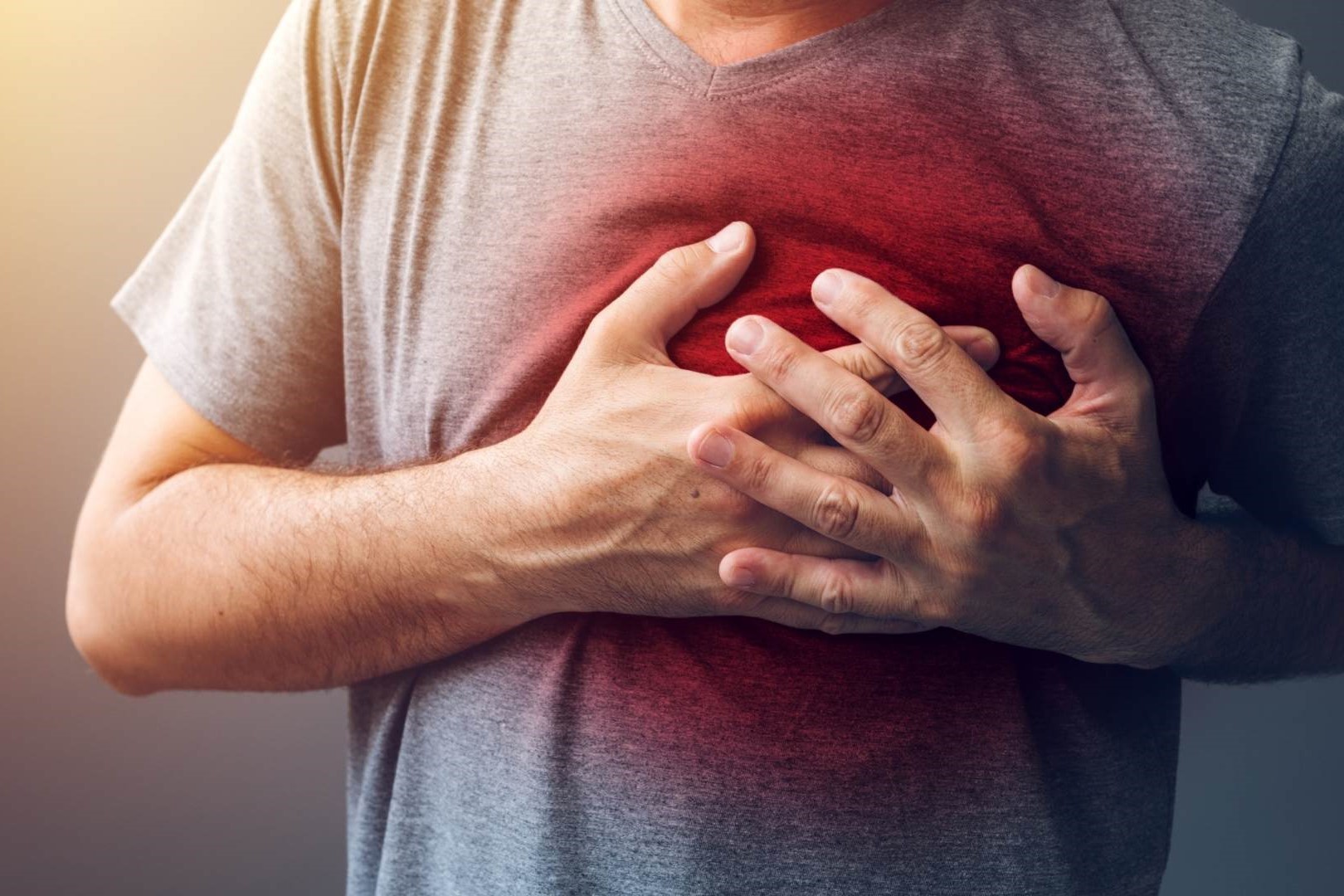
Cardiovascular diseases: is it possible to prevent a heart attack?
To prevent the most serious event among cardiovascular diseases, the heart attack, it is essential to follow an active, healthy and balanced lifestyle, as well as to carry out tests and preventive examinations, especially in the case of risk factors or family history
Cardiovascular diseases, if not properly treated, increase not only the risk of death, but also of disability and other comorbidities.
They comprise a group of diseases including acute myocardial infarction, angina pectoris and ischaemic and haemorrhagic stroke.
IS IT POSSIBLE TO PREVENT A HEART ATTACK?
While it is true that it is very difficult – if not impossible – to predict a heart attack, it is also true that it can be prevented by following a healthy lifestyle.
There are in fact certain ‘risk factors’ that play a very important role in preventing a heart attack.
The heart is the most important muscle, essential for survival.
It is estimated that, in the course of everyone’s lifetime, the heart beats on average about 3 billion times.
Although it is an involuntary action that is independent of our control, it is essential to monitor heart activity frequently and take care of it in everyday life.
Here are some useful tips for preventing and avoiding a heart attack, regarding risk factors defined as ‘modifiable’:
- avoid smoking
- avoid or reduce alcohol consumption;
- engage in frequent physical activity;
- follow a healthy diet;
- controlling blood pressure and cholesterol values;
- monitor body weight.
Leading a healthy lifestyle is the best deterrent to avoiding or preventing a heart attack
A sedentary lifestyle is synonymous with low physical activity, which inevitably affects body weight and cholesterol and triglyceride values that can be a cause of a heart attack.
Alcohol consumption and smoking are considered other primary causes of heart attacks.
For this reason, it is advisable to eliminate or significantly reduce the use of alcohol and for smokers to stop smoking immediately.
It is therefore a good idea to keep fit with exercise: even a brisk walk of half an hour a day is sufficient, without necessarily having to join a gym or take part in competitive activities.
Those who exercise regularly have better cardiovascular health, thus reducing the risk of a heart attack.
In addition to exercise, constantly monitoring one’s body weight helps combat obesity-related disorders (another risk factor).
In this sense, it is essential to follow a correct diet, which includes a moderate consumption of red meat, possibly avoiding unnecessary condiments and fatty, fried and sweet foods, to which fish, white/lean meats, legumes, cereals and vegetables are preferred.
Keep fit, but not only: it is important to check blood pressure and undergo regular blood tests to monitor the value of so-called ‘bad’ cholesterol.
Those who suffer from high blood pressure or hypercholesterolaemia are more likely to develop atherosclerosis.
Among those most at risk are diabetics, since the excessive glucose in the blood damages the arteries, thus promoting the onset of atherosclerosis.
Without forgetting that diabetes is often accompanied by comorbidities such as high blood pressure.
HEART ATTACK, OTHER RISK FACTORS
In addition to modifiable factors, there are others defined as ‘non-modifiable’ because they are independent of a person’s behaviour.
That is, these are conditions that cannot be counteracted and include
- age, because cases of cardiovascular disease increase as people get older;
- gender, because women are less at risk than men, especially at older ages. This disparity disappears at the onset of menopause;
- familiarity, because blood cholesterol levels, as well as hypertension, may be genetically inherited.
WHAT TESTS SHOULD BE DONE TO PREVENT HEART ATTACKS?
There are some recommended tests to check the health of the heart and blood vessels.
Heart attack prevention also involves constant monitoring of one’s cardiovascular risk, especially after the age of 40, even if there are no alarm bells.
Among the tests suggested are:
- cardiological examination
- electrocardiogram (ECG);
- echocardiogram;
- Holter ECG;
- coronary CT scan;
- cardiac magnetic resonance imaging
- myocardial scintigraphy;
- coronarography.
Read Also
Emergency Live Even More…Live: Download The New Free App Of Your Newspaper For IOS And Android
Heart Attack, Some Information For Citizens: What Is The Difference With Cardiac Arrest?
Heart Attack Symptoms: What To Do In An Emergency, The Role Of CPR
Heart Attack: Guidelines For Recognising Symptoms
What Is The Difference Between Pacemaker And Subcutaneous Defibrillator?
What Is An Implantable Defibrillator (ICD)?
What Is A Cardioverter? Implantable Defibrillator Overview
Paediatric Pacemaker: Functions And Peculiarities
Cardiac Arrest: Why Is Airway Management Important During CPR?
RSV (Respiratory Syncytial Virus) Surge Serves As Reminder For Proper Airway Management In Children
Supplemental Oxygen: Cylinders And Ventilation Supports In The USA
Heart Disease: What Is Cardiomyopathy?
Inflammations Of The Heart: Myocarditis, Infective Endocarditis And Pericarditis
Heart Murmurs: What It Is And When To Be Concerned
Broken Heart Syndrome Is On The Rise: We Know Takotsubo Cardiomyopathy
Cardiomyopathies: What They Are And What Are The Treatments
Alcoholic And Arrhythmogenic Right Ventricular Cardiomyopathy
Difference Between Spontaneous, Electrical And Pharmacological Cardioversion
What Is Takotsubo Cardiomyopathy (Broken Heart Syndrome)?
Dilated Cardiomyopathy: What It Is, What Causes It And How It Is Treated
Heart Pacemaker: How Does It Work?
Paediatric Implantable Cardioverter Defibrillator (ICD): What Differences And Peculiarities?


